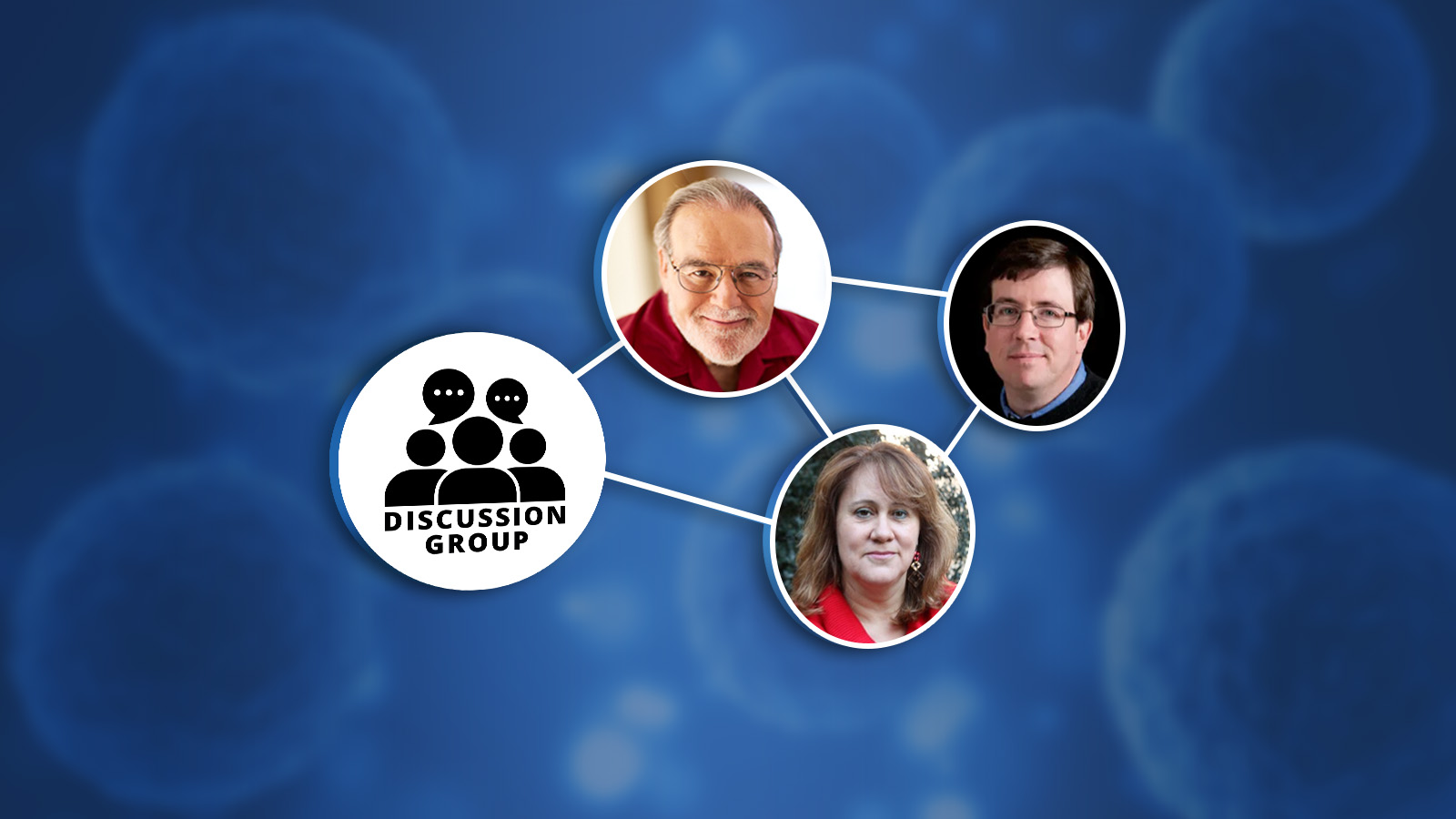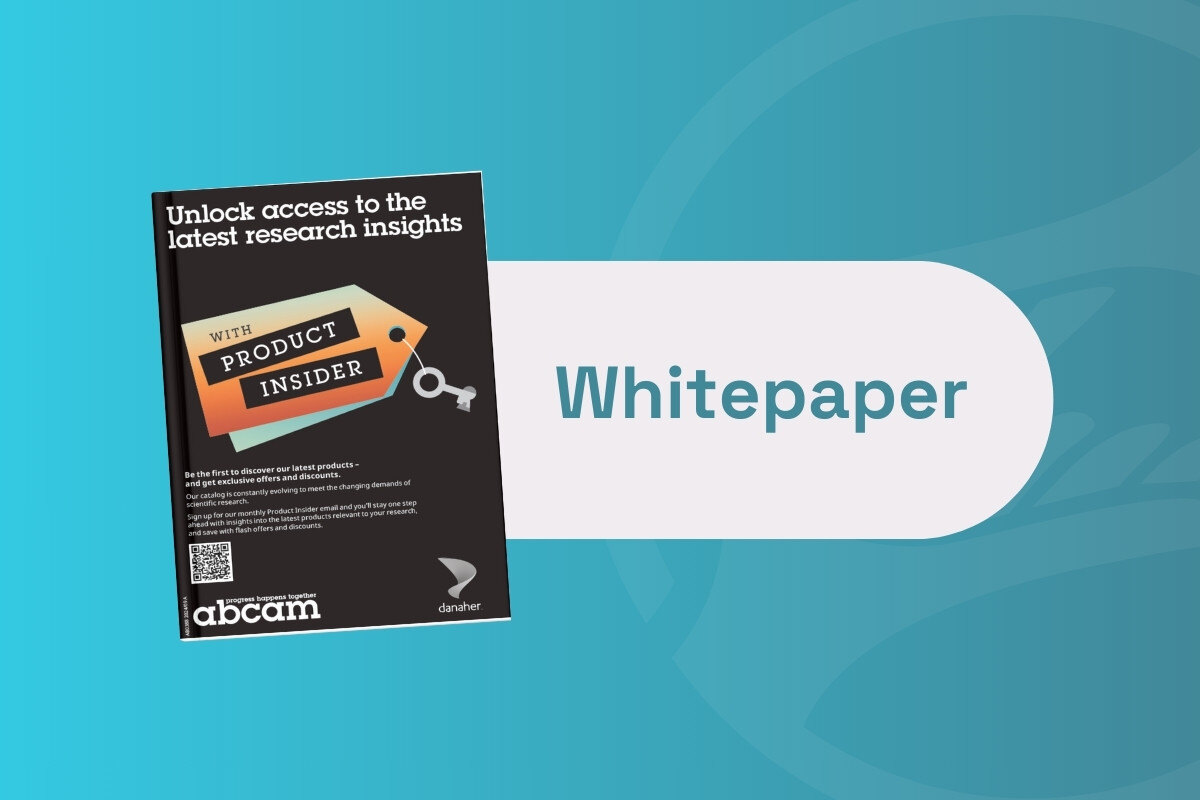Implementing Flow Cytometry Assays In Biomarker Research

Our November group came together for an hour of specialist discussion about the current challenges and opportunities of implementing flow cytometry assays in Biomarker Research. This discussion group was a select group of approximately 15-20 key industry and academic leaders working to validate flow cytometry techniques and improve robustness. Larry A. Sklar, Distinguished Professor Emeritus at the University of New Mexico co-inventor of the high throughput flow cytometry platform called the HyperCyt, moderated the discussion. Panellists included Maria Hernandez-Fuentes, Head of Human Tissue Technologies at UCB and John Nolan, Professor at the Scintillon Institute.
Larry A. Sklar kicked off the discussion with a brief perspective of the role of flow cytometry for biomarker analysis. Flow cytometry is a powerful quantitative and preparative tool, allowing for the analytical interrogation of single cells amongst potentially millions of cells in minutes. Since its inception in 1953 and commercial popularisation in the 1970s, flow cytometry has emerged as a leading and sophisticated technology in applying the high-resolution characterisation of single cells within complex cellular networks.
Sklar then delved into the relevance of the technology. He explained how flow cytometry extends from multicellular aggregates and individual cells to subcellular components, such as exosomes and organelles, and even the molecular level. Finally, Sklar detailed the numerous steps to implement flow cytometry assays with a run-down of distinct stages, including application selection, chromosome analysis and sorting, data handling, and enhancement sampling. Sklar identified “therapeutics in cancer at the cellular level” as one of the significant applications available in the field.
John Nolan then highlighted the uses of subcellular components such as exosomes to identify new biomarker targets. Touching on the scope of the different scales of biomarkers and where they live, from the multicellular to the molecular, Nolan spoke of the complexity of biomarker verification. “Biomarkers can reside at any of these subcellular levels”, Nolan claimed. “More and more, we are realising that biomarkers may be multimodal, which means that that one magic biomarker that is all informative is also very elusive”, he continued. The presentation explained the utility of collections of biomarkers that report on different aspects of physiology. An example of this includes liquid biopsy in cancer diagnosis where the targets range from circulating tumour cells or aggregates through to the vesicles that tumour cells release, and then finally, the circulating DNA derived from the tumour cells. From the perspective of flow cytometry and cytometry technologies, many instrumentation components, as well as reagents and assay concepts, span these scales.
After the presentation concluded, the debate began. Maria Hernandez-Fuentes opened the floor to discuss the difficulties of validating flow cytometry techniques. “This is particularly challenging when you have multicentre collaborations as homogenisation becomes an issue”, she explained. The ability to confirm a reproducible and strong biomarker using samples from different sites requires the implementation and forethought of pre-analytical techniques such as cell stabilisers and careful reagent storage, to ensure consistency of results for an extended period. According to Sklar, one of the most pressing challenges of implementing flow cytometry assays in biomarker research is the “issue of regarding data size and robustness, which depend upon the throughput of the technology, the number of parameters, and the data handling involved in processing imaging flow cytometers”. However, it is anticipated that artificial intelligence will soon play a significant role in advancing the therapeutic and diagnostic aspects of biomarkers.
Other opportunities for implementing flow cytometry assays in biomarker research include the enhanced throughput from plate-based sampling. According to Sklar, “any assay with adequate signal to noise that can be done by flow cytometry can be transformed into a high throughput drug discovery assay”. He continued, “this means you must have a response in your sample that is large enough and reproducible enough that it can be detected by flow cytometry”. Typically, the signal in the presence or absence of a drug or appropriate background sample must differ by three-fold. Plate-based sampling for multiple parameter analysis in flow cytometry enables each subset and population in a sample to potentially respond. Bead-based and molecular analysis were also identified as promising ways to streamline the implementation of flow cytometry assays in biomarker research and development. In particular, there are opportunities to cross validate against these platforms, which can significantly aid in validating a robust assay. Conversation then turned to the possibilities of data wrangling tools, with audience member Victoria Lee, Senior Associate at Eli Lilly, asking how best to overcome data storage issues. The panel responded with confirmation of active development in the data analysis field, including cloud-incorporated software and high dimensional analysis tailored to develop an optimal approach for each workflow.
The discussion group concluded with some final thoughts on the future outlook of flow cytometry assays. With ongoing research and development emerging in the field, the future looks bright for the biomarkers industry. At Oxford Global, we couldn’t have been more pleased with the turnout for our November biomarkers discussion group. The conversation was engaging, the debate stimulating, and the industry insights invaluable. This February we will continue our discussion group series with a session focusing on ‘Using Biomarkers For Clinical Development & Regulatory Approval’. Learn more about the Oxford Global discussion group series at our Biomarkers Portal.
Want to find out more about the latest Biomarker news? Register now for our Biomarkers & Precision Medicine US Congress to discover the latest technologies and novel biomarkers driving forward translational research and precision medicine.








